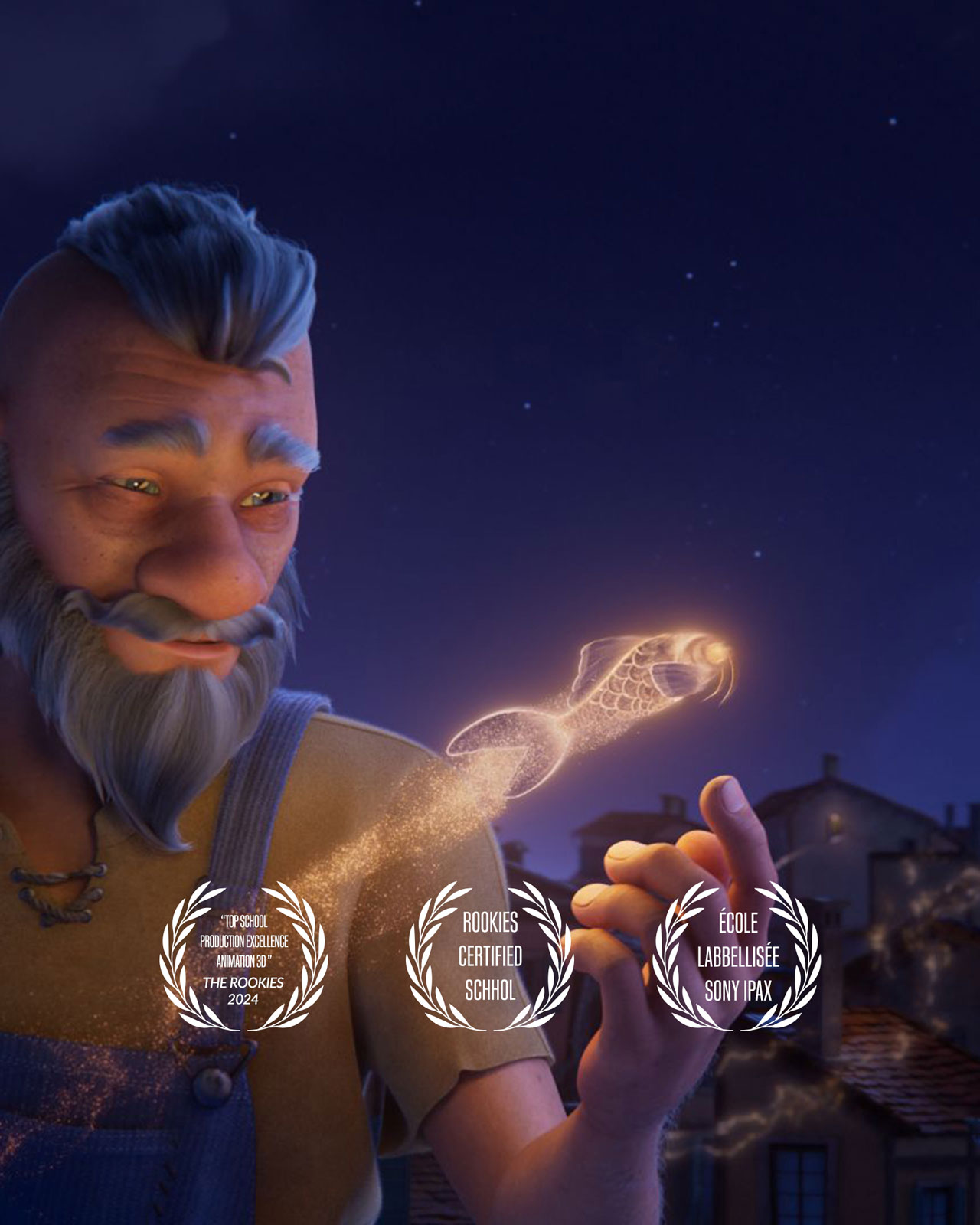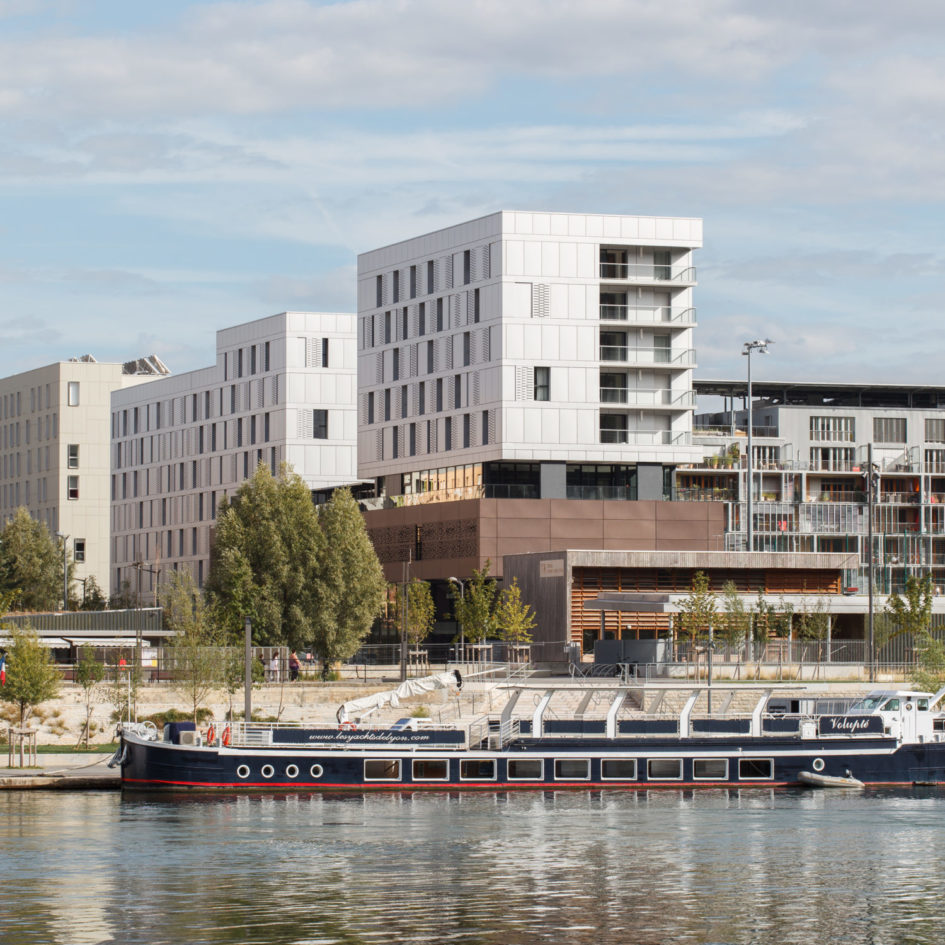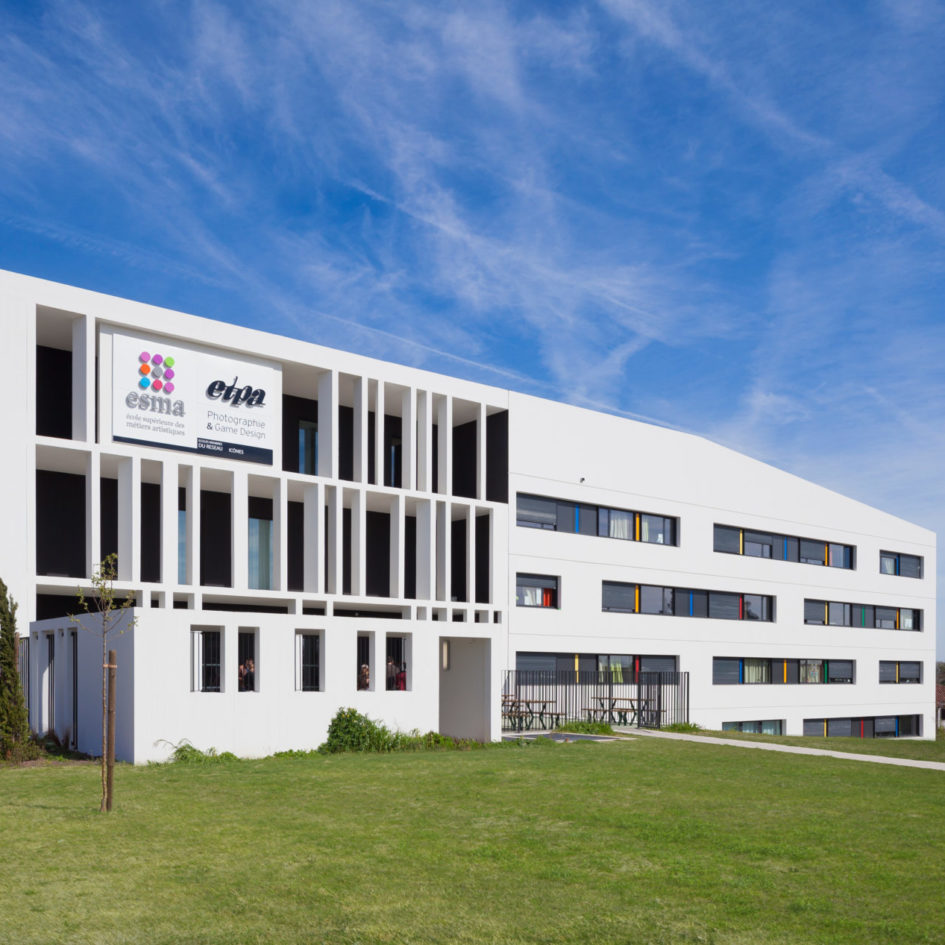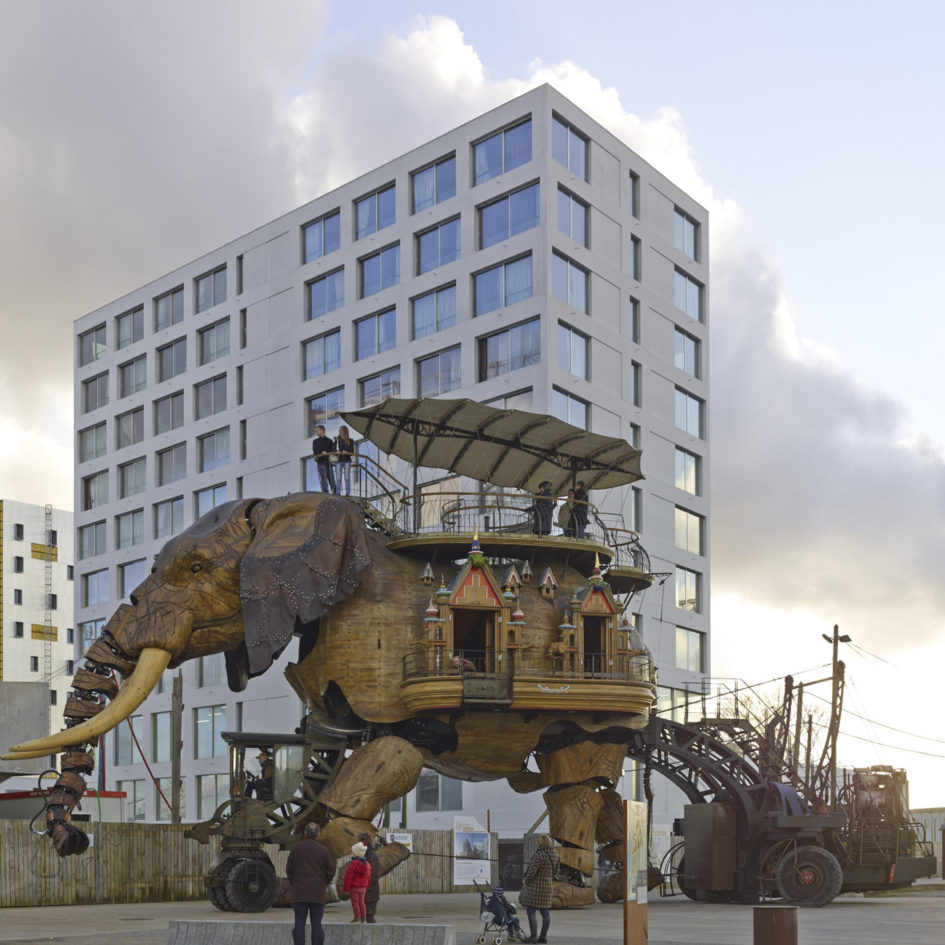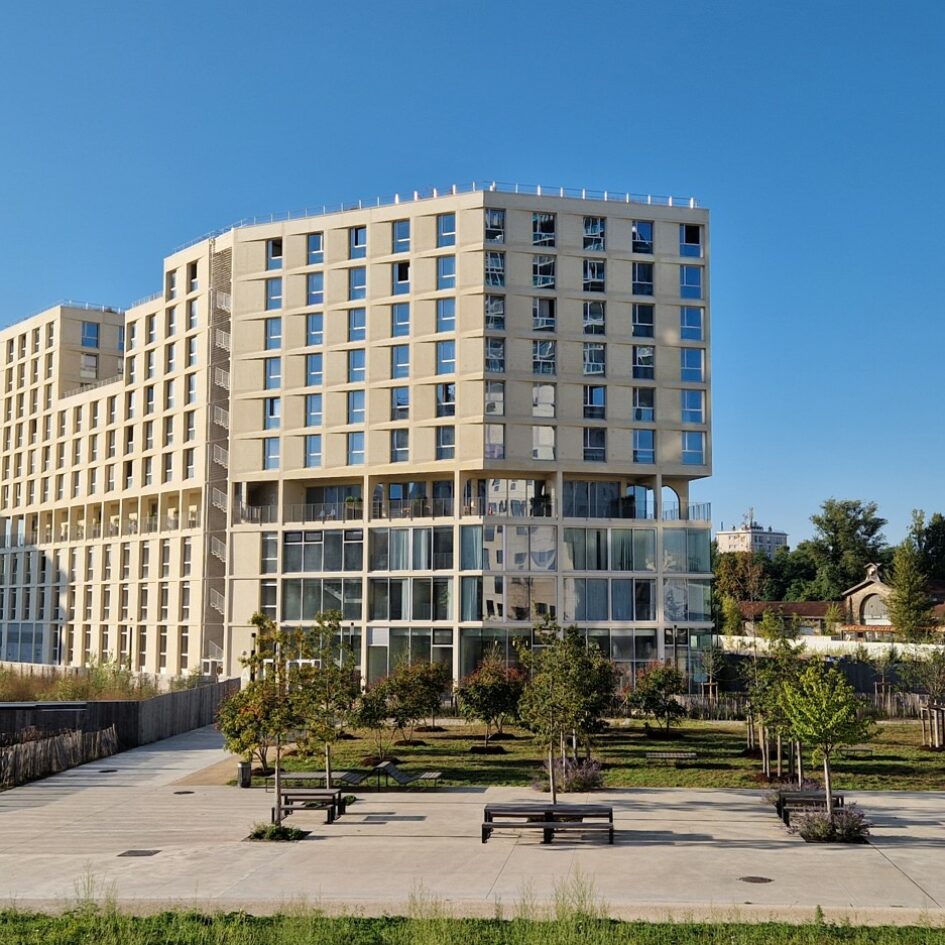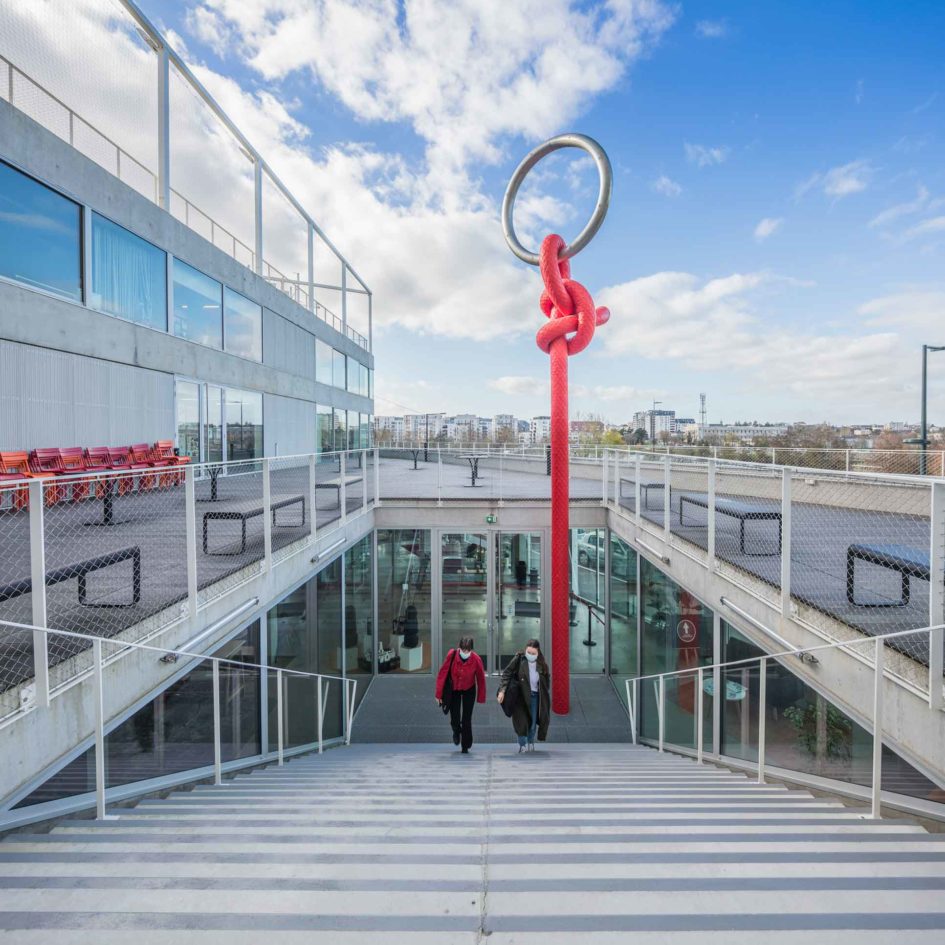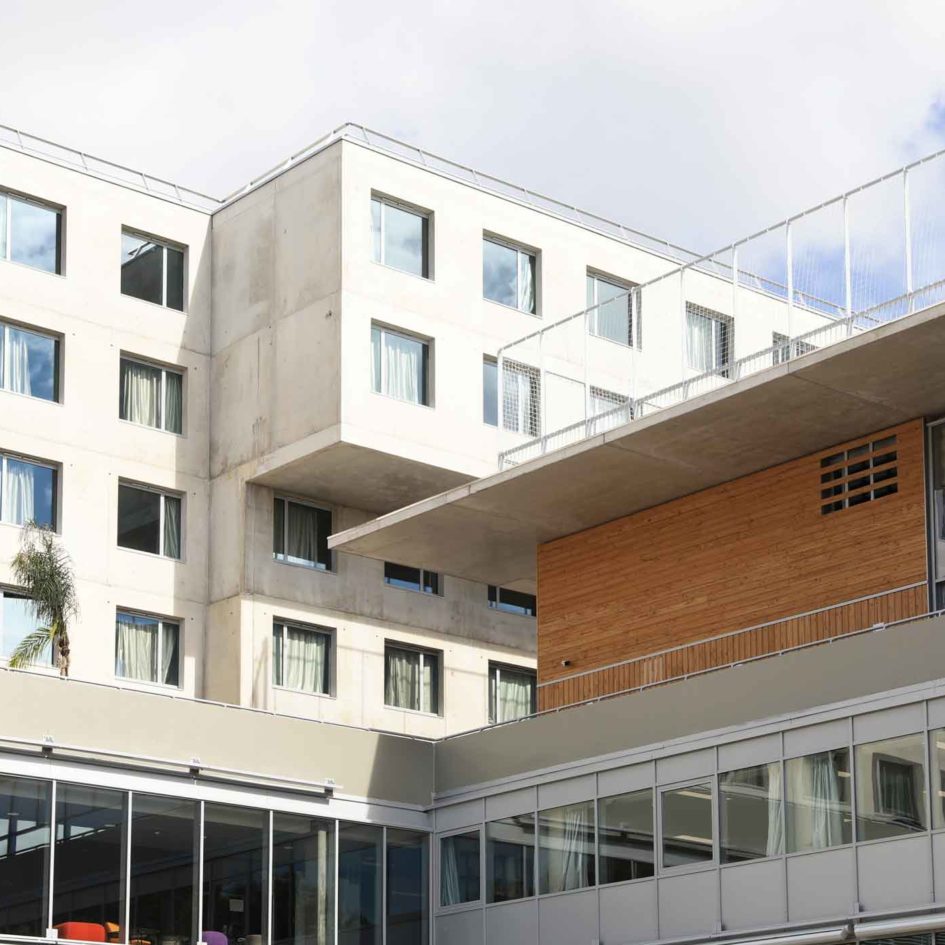Schools
& campuses
From Montpellier to Nantes, Lyon to Toulouse,Bordeaux to Rennes, and all the way to Montreal, ESMA relies on an effective combination of teaching and a functional campus, offering comfortable and practical student residences in the heart of major cities known for their historical and artistic heritage.
Schools
& Campuses
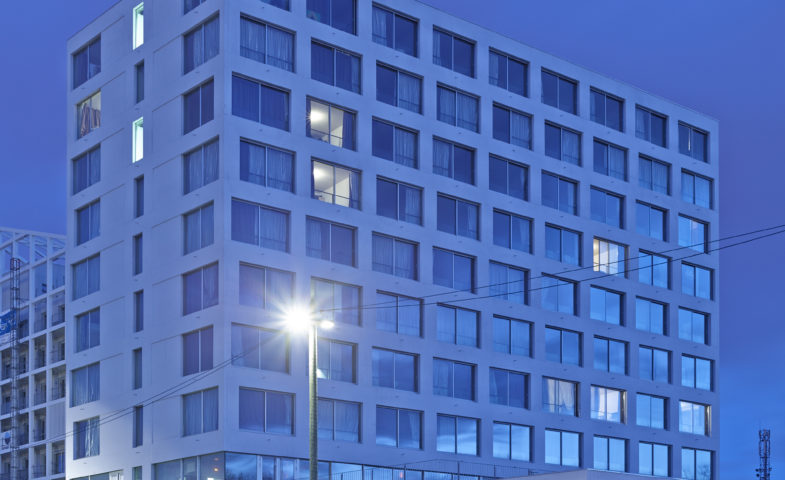
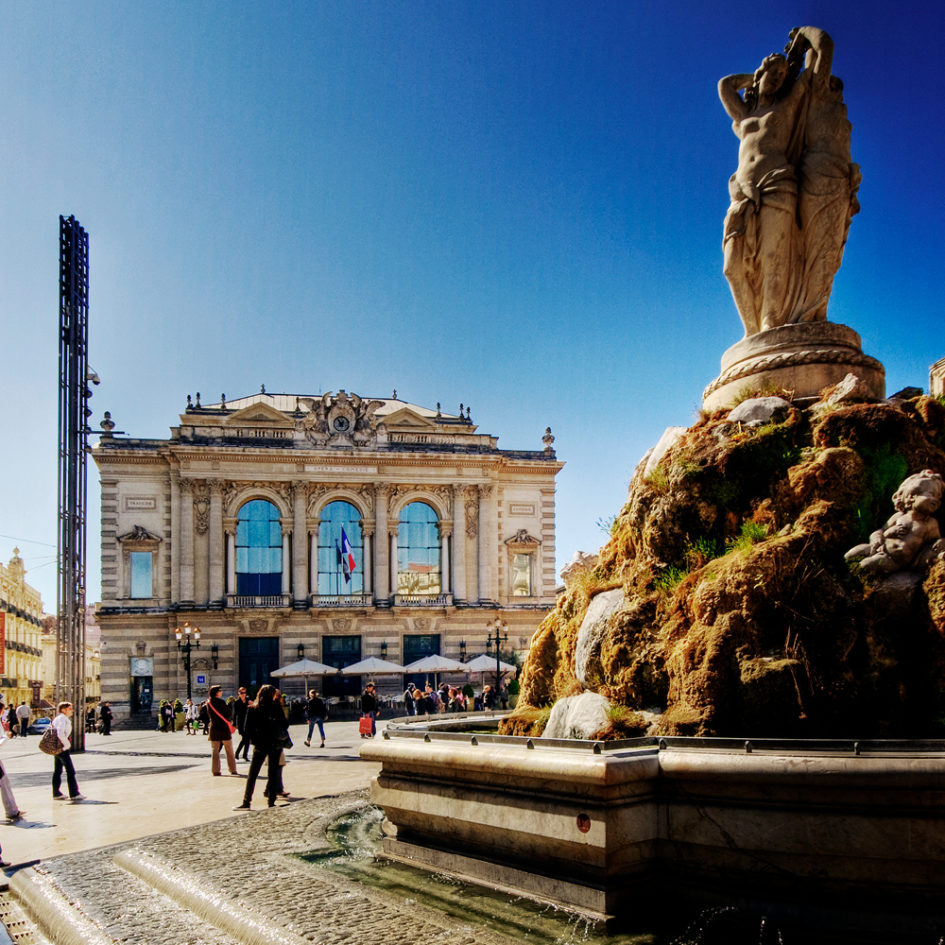


The life on campus
Because the artistic environment and the educational tools are a top priority in order to help our students reach their goals, ESMA pulls out all the stops to ensure the best work conditions they could expect. Thereby, on each campus, they are offered large workspaces with all the required facilities, where they can fully express and improve their artistic and technical skills.
The Artemisia students residences, located on each campus, were also thought in this same purpose : with 182 apartments in Toulouse, 224 in Lyon, 135 in Nantes and 103 in Montpellier, ESMA aspires to make its students’ everyday life easier.
Faire ses études dans une école d’animation
Qu’est-ce que le cinéma d’animation 3D ?
Une animation désigne avant tout des images de synthèse. Ces images ne sont pas obtenues grâce à une caméra ou en observant des faits se déroulant dans la nature. C’est tout un art : elles sont créées via des logiciels d’animation. On peut donc dire que ces images n’existent que dans une réalité informatique. La 3D est une évolution significative de la 2D.
Les images d’animations 3D intègrent les 3 dimensions du monde extérieur dans lequel nous vivons et tentent de le reproduire. Il s’agit de la hauteur, de la largeur et du volume. Le volume est ce qui donne du relief aux images 3D et les rend donc plus réelles.
Comment choisir son école d’animation 3D ?
Avec le développement de la branche et une demande de plus en plus forte en artistes ou techniciens 3D, de nombreuses écoles en France (Paris, Bordeaux, Lille, Toulouse, Lyon, Montpellier, etc.) ont vu le jour et proposent des formations : bachelor, licence, mastère.
Accessible après un niveau bac, l’ESMA est l’une des meilleures écoles de cinéma d’animation en France à offrir ce type de cursus, un Cycle Professionnel en Cinéma d’Animation 3D et Effets Spéciaux (VFX) d’une durée de 5 ans, certifié par un Titre RNCP37415 « Expert en conception et réalisation – Animation 3D et Effets Spéciaux » de Niveau 7 (équivalent Bac+5).
Une formation dense
Pour devenir expert en conception et réalisation de films d’animation 3D il faut apprendre à maîtriser un certain nombre de compétences.
Cette formation complète en 5 ans, initie les étudiants à la maîtrise du dessin tout en les introduisant aux fondamentaux de l’animation. Axée sur des apprentissages techniques approfondis et des pratiques artistiques exigeantes, cette année a pour objectif de leur fournir des bases solides essentielles pour devenir les experts en conception de films d’animation de demain.
A l’issue de la formation vous aurez acquis toutes les compétences techniques et artistiques nécessaires à la réalisation d’un film d’animation 3D :
- pré-production (écriture scénaristique, découpage,character design, storyboard, layout…),
- production (modélisation, rigging, lookdev, texturing, shading, ani-mation, éclairage, rendu d’image…),
- post-production (finishing, composition, editing, effets spéciaux…).
Comment devenir animateur 3D ?
Au cours des trois premières années, l’étudiant apprend les bases du dessin, de l’animation 3D et se familiarise avec les différents outils et logiciels.
Les deux dernières années sont celles de la spécialisation. À cette étape, l’étudiant se concentre sur les prérequis du cinéma d’animation. Une bonne école d’animation comme l’ESMA (membre du RECA – Réseau des Écoles de Cinéma d’Animation) vous proposera des rencontres professionnelles (artistes freelance, studios d’animation ou encore des ateliers, workshops).
Ces différentes rencontres vous permettront d’avoir une idée plus concrète des métiers du secteur et de mieux vous préparer au monde professionnel.
Quels sont les débouchés professionnels ?
Les étudiants diplômés en Cinéma d’Animation ont de nombreuses opportunités professionnelles. La 3D est présente partout dans les industries du jeu vidéo, du cinéma et de l’audiovisuel, de la publicité et de la télévision.
Elle accompagne également le monde médical, l’industrie, l’architecture, l’aménagement du territoire, le génie civil, le design…
L’ESMA, école d’animation plusieurs fois récompensée
Membre du RECA depuis de nombreuses années, et fondée à Montpellier en 1993, l’ESMA est actuellement la 1ère école au monde dans la catégorie “Excellence de la production en animation 3D” (Concours The Rookies 2024), avec de nombreux films d’animation réalisés par les étudiants sélectionnés et primés dans des festivals du monde entier.
Avec plus de 30 ans d’expérience dans l’enseignement des métiers de la création, l’ESMA accueille ses étudiants dans 7 campus en France et à l’international à la pointe de la modernité, parfaitement équipés et implantés au cœur des villes les plus dynamiques.
Une expérience d’apprentissage taillée pour concrétiser vos aspirations les plus ambitieuses !
